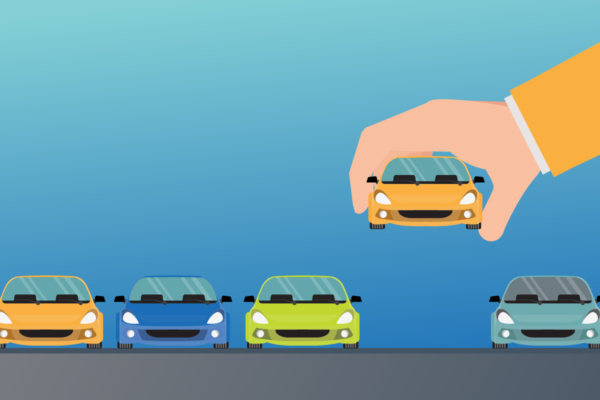A Short Guide to Purchasing Your Lease Car
If you enjoy your leased vehicle, it’s only natural to want to keep it. Lease buyouts during or at the end of your term (typically 36 months) are quite common. In fact, manufacturers are most often all too happy to sell you the vehicle you leased. It saves them from having to restock or sell a used unit. And in some cases, it may give their “captive” finance company (e.g. Ford Motor Credit or Honda Financial Services) an opportunity to keep you as a customer.
Deciding whether to keep your leased vehicle is only the first step. It’s not worth buying out your lease if the numbers don’t work in your favor. Let’s take a step-by-step approach to making the right decision at the 36-month mark or before your lease expires.
1. Determine Your Vehicle's Actual Value
A “buyout” or “payoff” amount may appear on your monthly statement; if not, you may be able to find it by creating or logging into your online account. This figure includes the residual value of your vehicle, which was calculated when you leased it, plus the total value of any remaining payments and, depending on the lessor, a purchase fee.
You need to know whether the residual value is greater or less than the actual value. Use an online calculator such as Edmunds True Market Value to find out what your vehicle is worth in the current market. Be sure to enter your mileage. The predetermined residual value assumes you will max out your annual 12,000- or 15,000-mile limit. If you have driven far less, your vehicle’s actual value should be a bit higher.
If the actual value is higher than the residual value, it could be a smart purchase. If the opposite is true, you can attempt to negotiate the purchase price or simply turn your vehicle in and find a better deal on another one.
2. Don't Be too Eager
Every lessor is different, but most will attempt to contact you to discuss your end of lease options, including your buyout option, as your lease term winds down. If you call them first, you lose the advantage of them reaching out to you and much of your bargaining power. By waiting until the 11th hour, you put yourself in the best position to negotiate. But that doesn’t mean you have to sit on your hands.
3. Explore Your Options
If you can’t afford to buy your leased vehicle outright, you will need financing. You do not have to rely on your manufacturer’s captive finance company. While you wait for them to call you, shop around. Some companies, including IFS, specialize in financing lease buyouts and may be able to find you competitive terms.
Find the right deal for you and get pre-qualified. You will be in a position of strength when the phone rings.
4. Negotiate Your Residual Value and Fees
The aforementioned residual value and purchase fees are negotiable, particularly at lease end. In most cases — though not all — the predetermined residual value will be higher than the price you would pay to purchase a vehicle of the exact same make, model and year from a dealership. Why pay extra for a vehicle you already own and the manufacturer doesn’t really want to have back?
By waiting for your lessor to come to you, you are starting off on the right foot. Don’t admit right from the start that you want to buy your vehicle. Tell them you have enjoyed driving it, but you are planning to turn it in because you can’t afford to buy it, you don’t believe it’s worth the residual value, or you don’t wish to pay a purchase fee.
If you are considering an early buyout, don’t expect many, if any, concessions. In fact, some captive finance companies have a no-negotiation rule that applies at any point during the lease term, including at the end. If that is the case, you can take it or leave it.
But it never hurts to ask, and you might be pleasantly surprised. In any case, having all your facts, figures and options sorted out ahead of time is absolutely critical.
Having agreed to the final purchase price, all that’s left to do is pay it off or get financed. Once the deal is done, grab the keys and go for a drive. It’s your car!







